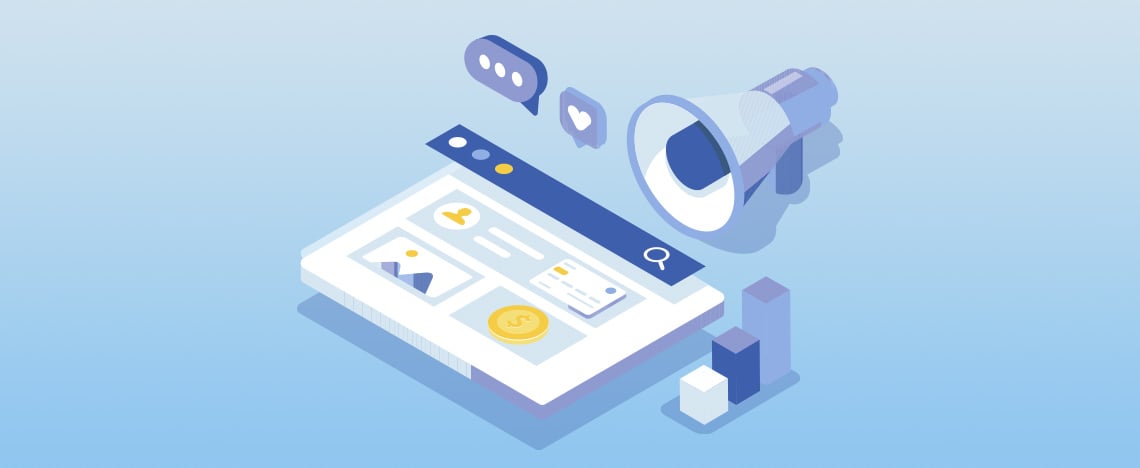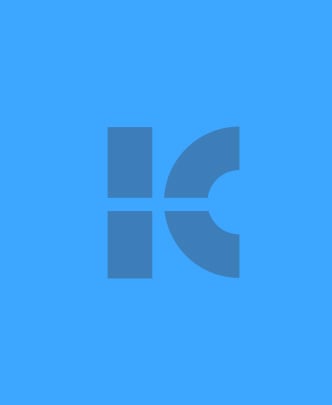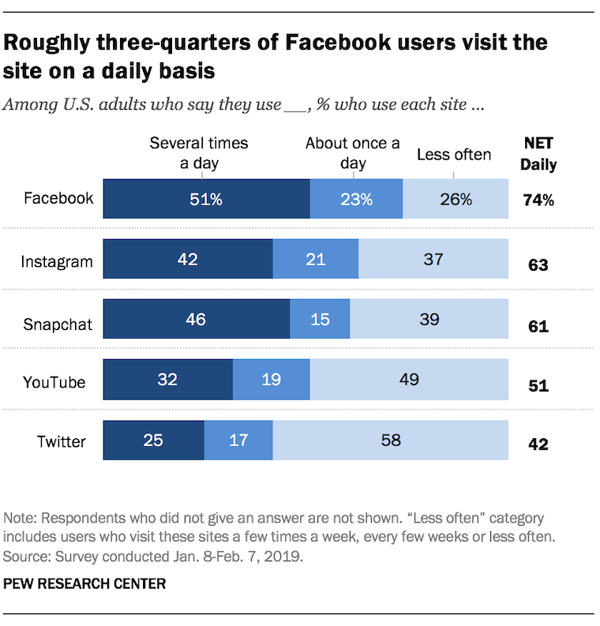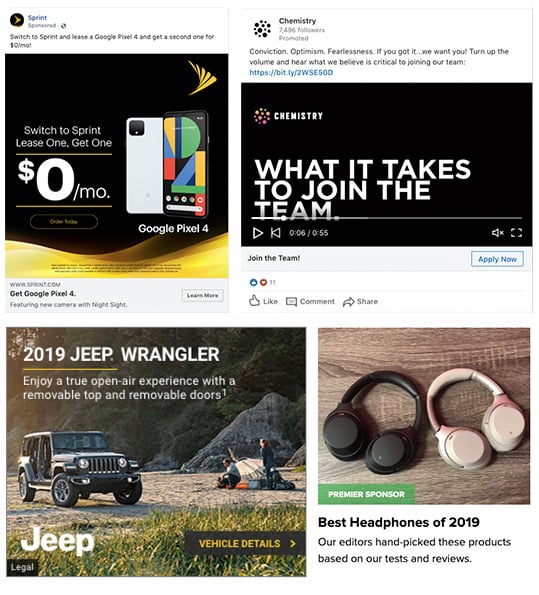
Why Paid Advertising is an Important Part of Inbound Marketing

You’re a firm believer in inbound marketing. You’ve fully bought into the value of reaching your audience where they are at the moment they need you, rather than interrupting them when they’re doing something else. But you’ve hit a snag. You’re putting amazing content out there that you know can help your audience, but they’re not finding it.
While creating content that’s genuinely helpful is a necessary part of inbound marketing, it’s not enough on its own. It’s just as important to include content promotion in your strategy. After all, people can only benefit from your content if they can find it first.
New research from the Content Marketing Institute found that 91% of top-performing content marketers use paid distribution channels to promote content. To get your content in front of the right audience, paid advertising is a powerful tactic to add to your inbound strategy.
How do you use paid advertising to deliver content to the right people at the right time?
8 Benefits of Online Paid Advertising
Online paid advertising isn’t your only option for promotion, but it’s one of the best for a number of compelling reasons.
1. It’s an effective way to promote your content.
Your company may already be using paid advertising to promote your products, but if you’re not using it to promote your content as well, that’s a missed opportunity. If few people in your target audience are familiar with your brand now, they’re unlikely to stumble upon your content without a nudge. Paid advertising can be the nudge that gets them onto your website for the first time.
Once they’re there, you have the opportunity you need to introduce them to your brand and start winning them over with useful information. PPC is especially worth considering for high-value content pieces you create like eBooks and whitepapers. If you’re putting a lot of resources into a piece’s creation, it’s that much more important to make sure people will find it. But it can also be a good way to give your best blog content an extra boost.
2. You get fast results.
Search engine optimization (SEO) is one of the most important content promotion tactics for inbound marketers, but it has one big drawback: It’s slow. Even if you do everything you’re supposed to, you can expect to wait months or even years for your content to start ranking for the top keywords you target.
That’s where PPC comes in. It’s a way to make sure your content is visible to your audience right away, while you’re waiting for your SEO work to kick in. And including paid advertising in your strategy can indirectly give your SEO efforts a boost, since many of the metrics believed to be ranking factors require getting traffic to begin with.
3. It’s targeted.
A billboard in a busy area may get seen by thousands of people, but how many of those will want or need your products? With digital paid advertising, you don’t have to play a numbers game. You can focus on reaching the right people based on demographics and behavioral data.
Different online paid advertising channels offer different specific targeting options, but most of them allow you to set some parameters for who will see your ads. These include limiting campaign audiences based on:
- Gender
- Age
- Device type
- Geographic location
- Interests
- Online behavior
- Job title
- Income level
Both search engines and social media sites have a lot of data about who their users are and what they care about. That data is used to help advertisers get their messaging to the right person at the right time.
4. Paid advertising channels have a large reach.
No matter who it is you’re trying to reach, if they’re online, you can reach them with PPC ads. Between the search engine and display network, Google Ads reaches over 90% of internet users. And a significant majority of adults now spend time on social media sites as well. Not only do 69% of people in the United States have a Facebook account, but most of them visit the site every day.
.png?width=600&name=FT_19.04.10_SocialMedia2019_FacebookYouTube_2%20(1).png)

If you want to get your content to where people are online, PPC will do the trick.
5. With PPC options, you only pay for clicks.
Since PPC is the primary pricing model used by the main online paid advertising platforms, you don’t have to pay for every time your ad shows up. You only pay for the times someone is interested enough in what they see to click through. Each dollar you spend is tied to actual traffic back to your website from a prospect that’s demonstrated an active interest in the topic you covered.
As such, PPC advertising tends to have a pretty impressive return on investment (ROI). Google estimates that advertisers on their platform earn an average of $2 back for every $1 they spend. And one analysis of companies doing LinkedIn advertising found an average ROI of over $9.59 for every dollar spent.
6. It produces valuable analytics.
Online advertising platforms track extensive data on how ads perform and deliver it to advertisers in formats that make it easy to glean insights. You learn not only how many people clicked on each ad, but also useful details like how ad performance breaks down by demographics and time of day.
That data allows you to change up your ad campaigns as you go to continually improve your results. And the insights you get from it can also help you improve the rest of your inbound marketing strategy. For instance, your PPC data will help you understand which types of headlines get the most clicks from your audience, which will help you write more effective blog titles and email subject lines.
7. You have lots of options for ad formats.
Between the different paid advertising channels, you can create almost any type of ad you can think of. Video ads can run on Facebook, Instagram, LinkedIn and YouTube. Image-based ads are an option across websites including the Google display network and on some social media sites.
Most of the social media channels allow you to run ads that show up right in your audience’s main feed, and they usually let you include different types of media or interactive elements like forms or polls. With native advertising, you can create written, video or image-based content that resembles the content your audience seeks out from media brands they trust.
And then, of course, there are text-based ads that include a link back to your site — the most common format you see show up on the SERP.

This gives you room to try out different content formats to see what resonates most with your audience. And it gives you a variety of ways to capture the attention of your prospects as they’re browsing and scrolling.
8. You can use remarketing to move prospects through the funnel.
People are busy and have a lot of different things competing for their attention. It’s all too easy to click on a company’s blog post once and never return to the website again, even if you loved what you saw. A successful inbound marketing strategy starts with getting a prospect’s attention but includes a plan for continuing the relationship beyond that point.
PPC can help with that. Through retargeting, you can ensure your ads show up for people who have interacted with your brand before. And you can personalize what they see based on that past interaction. If they checked out a blog post, you can promote your webinar on a related topic to them.
When you already have some inkling of what they’re interested in and where they are in the buyer’s journey, you can use that to provide the most relevant, helpful messaging possible in your PPC ads. That helps you stay top-of-mind for your past visitors, and increases the likelihood of your ads paying off.
The Main Types of Online Paid Advertising
Paid advertising can be divided into four main categories.
Social Paid Advertising
Most of the main social media platforms offer an advertising platform, and almost all of them use the PPC model for payments. People spend a lot of time on social media, which makes this a good option for reaching people when they’re scrolling through their feeds.
Many types of ads on social media can also gain more traction due to having a social component. When other people like, comment on or share one of your social media ads, it extends your reach.
Some of the top social advertising channels to consider are:
To determine which platforms are worth the investment, consider which ones your audience is most likely to be on, where they’re spending the most time and what they’re thinking about while they’re there. Some types of messaging will work better for people on LinkedIn who are in a professional headspace than they will on Instagram where they’re browsing pet pictures.
Search Advertising
The big three search engines — Google, Bing, and Yahoo — all offer search advertising options, primarily using the PPC model. Using their advertising platforms, you bid on keywords and where your ad shows up on the search engine results page depends on what your competitors are bidding.
Search ads are valuable both because of how many people you can reach, but also because of how much relevance they have. Your ad isn’t just showing up in someone’s feed while they’re scrolling; it shows up when it’s the answer to the question they’re looking for. That makes it the perfect tool for achieving one of inbound marketing’s top goals: reaching your audience with the right message at the right moment.
Display Advertising
The graphic and text banner ads you see above and alongside the content you consume across the web are display advertising. Many of these are powered by Google’s display network, which includes thousands of sites around the web. Through Google Ads, you can potentially get your display ads onto some of the most visited websites in the world
Display ads typically use the pay-per-click billing model and are especially a popular option for retargeting. You’ve probably noticed that a lot of the display ads you see when reading your favorite online newspaper or blog are from websites you’ve visited in the past few weeks.
Native Advertising
Any time you see a story show up on a media website with the word “sponsored” somewhere on the page, you’re seeing an example of native advertising. Native advertising generally involves working with the editorial team of a publication to create content that’s relevant to your brand, while also being valuable to their audience and in line with their editorial standards. These types of ads are unique because they appear with similar formatting as the publication’s piece and don’t really look like ads.
Native advertising also differs from the other types of paid advertising covered here because it’s usually not pay-per-click. You’re more likely to be paying an upfront fee. But it’s a valuable option for building thought leadership and brand awareness.
Get Started with Paid Advertising
When budgets are limited, starting a new tactic like paid advertising can feel risky. Mistakes could potentially cost you big. But you can increase your chances of getting it right from Day 1 by hiring someone that already understands PPC platforms and best practices well. Skip the learning curve by bringing in an agency with experience in paid advertising. You can start getting the right eyeballs on the amazing content you’ve worked so hard on.



